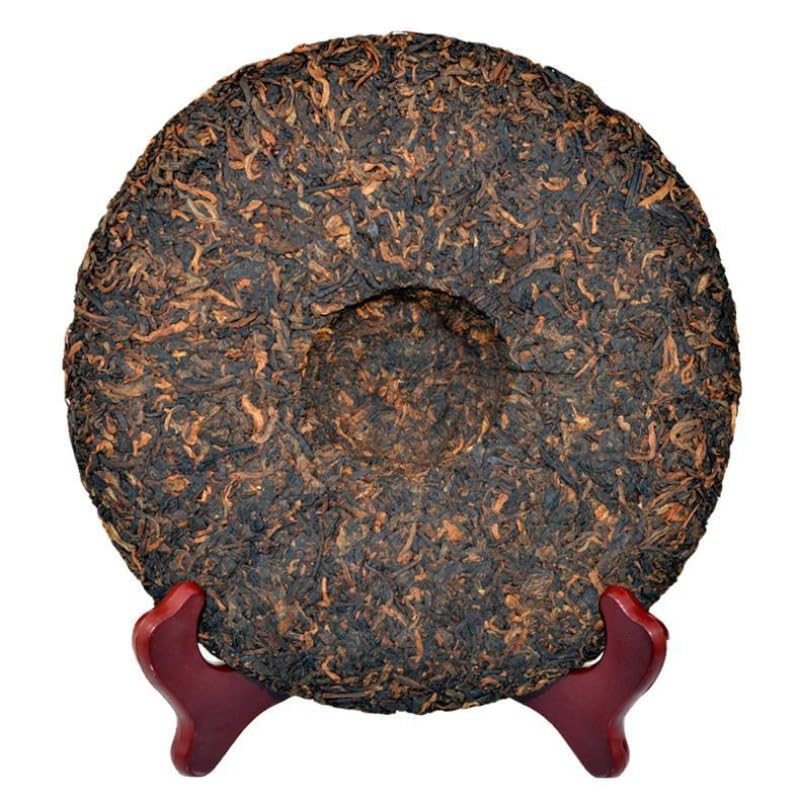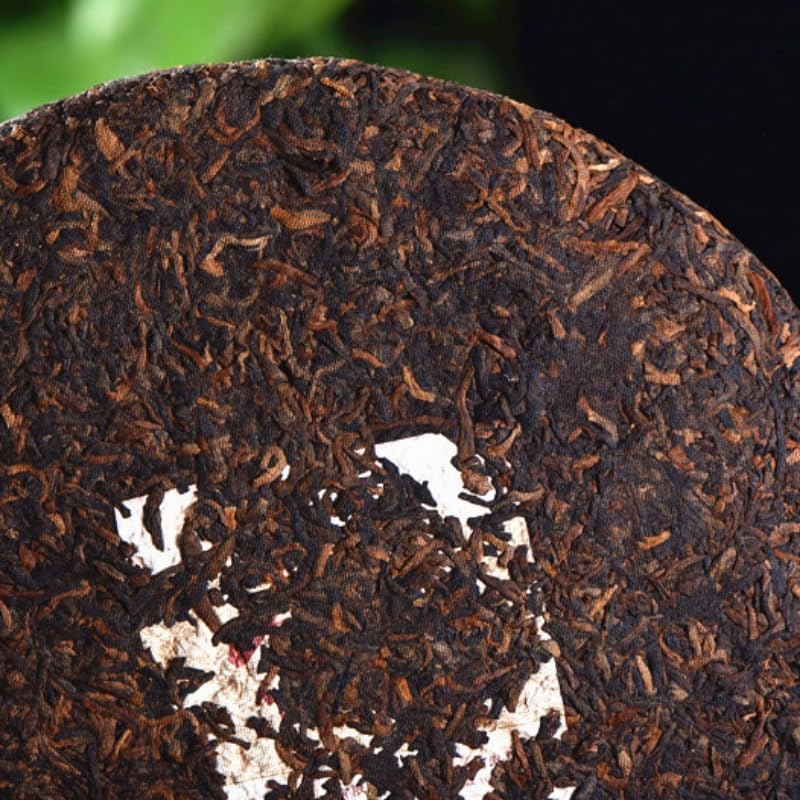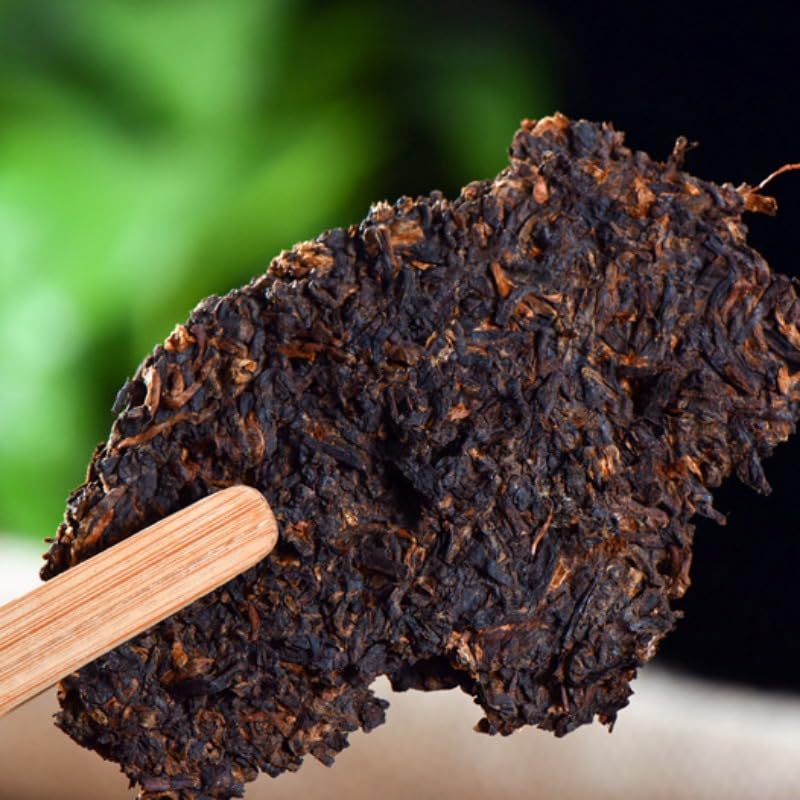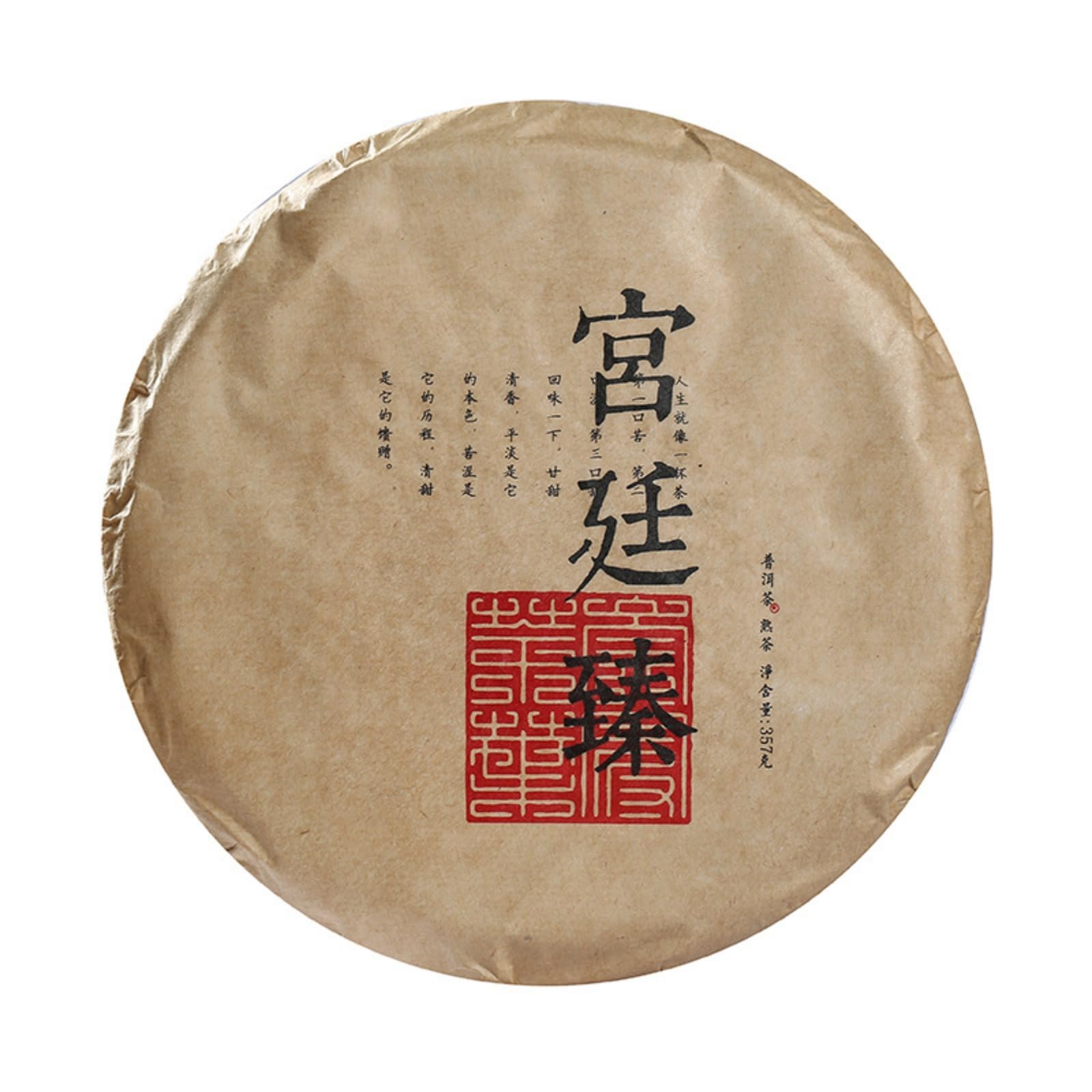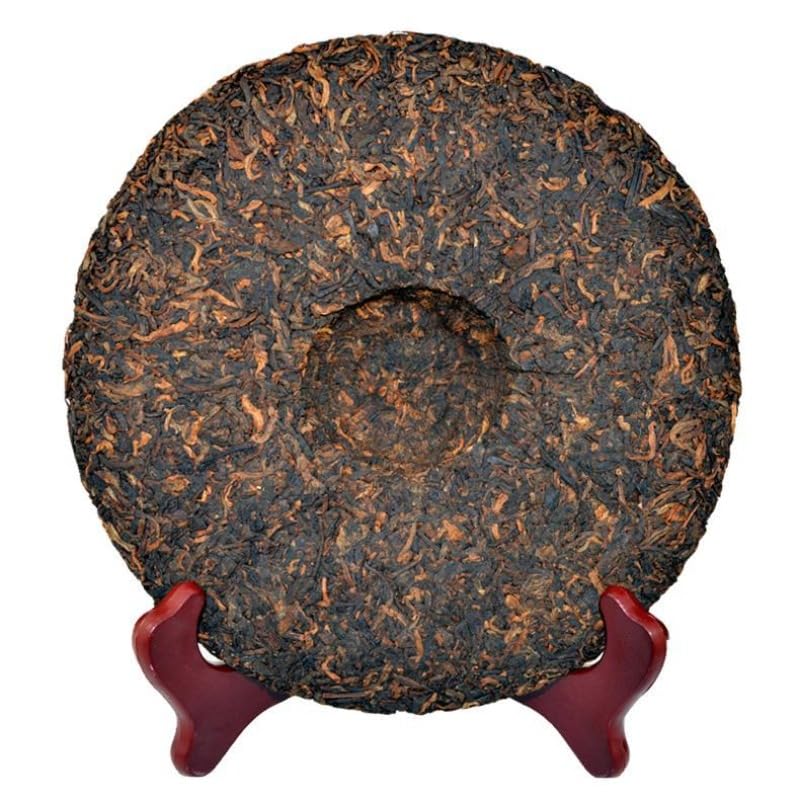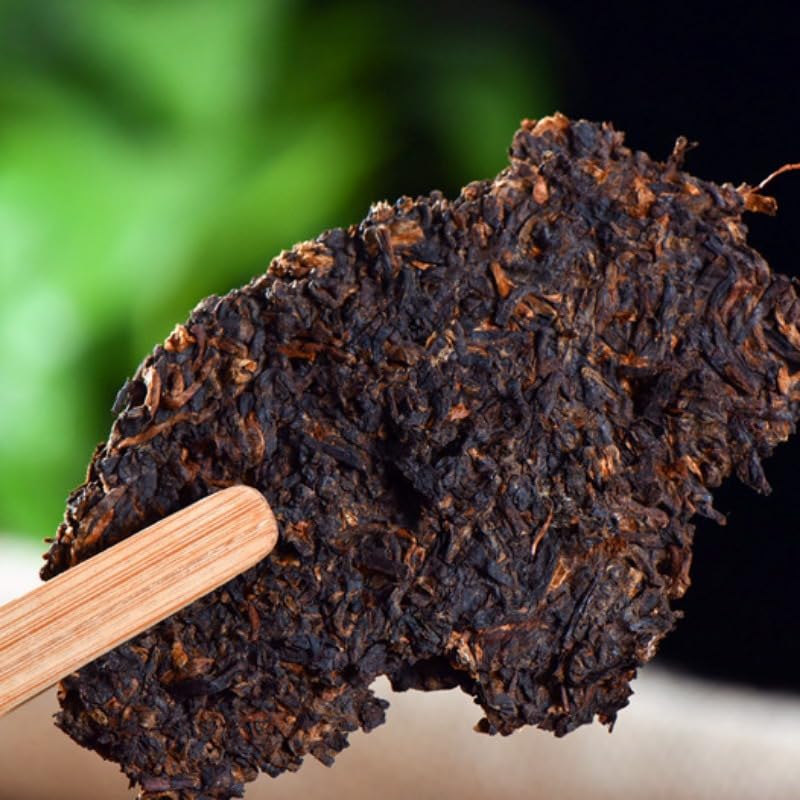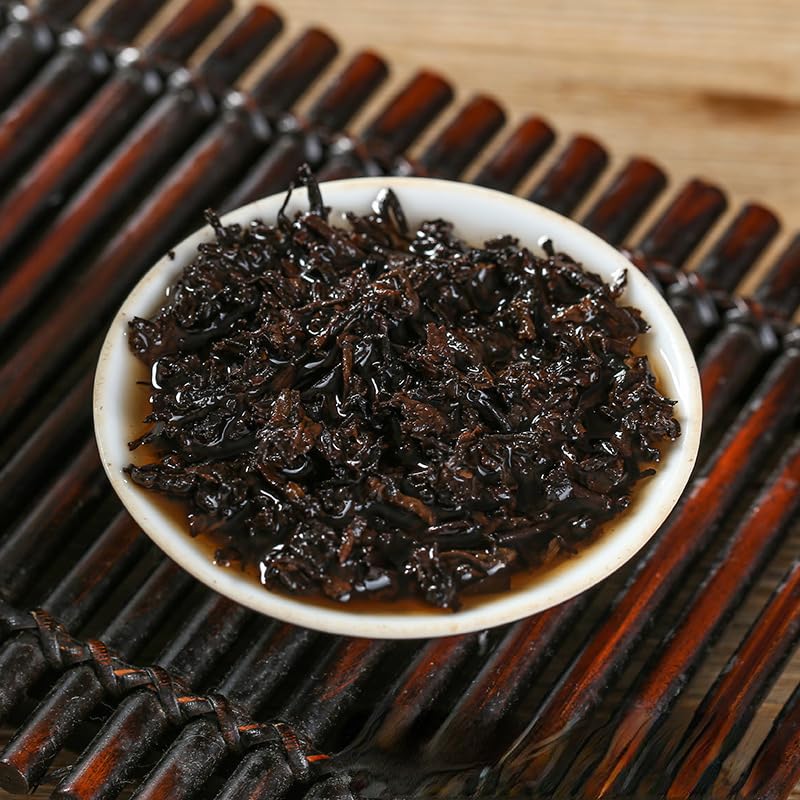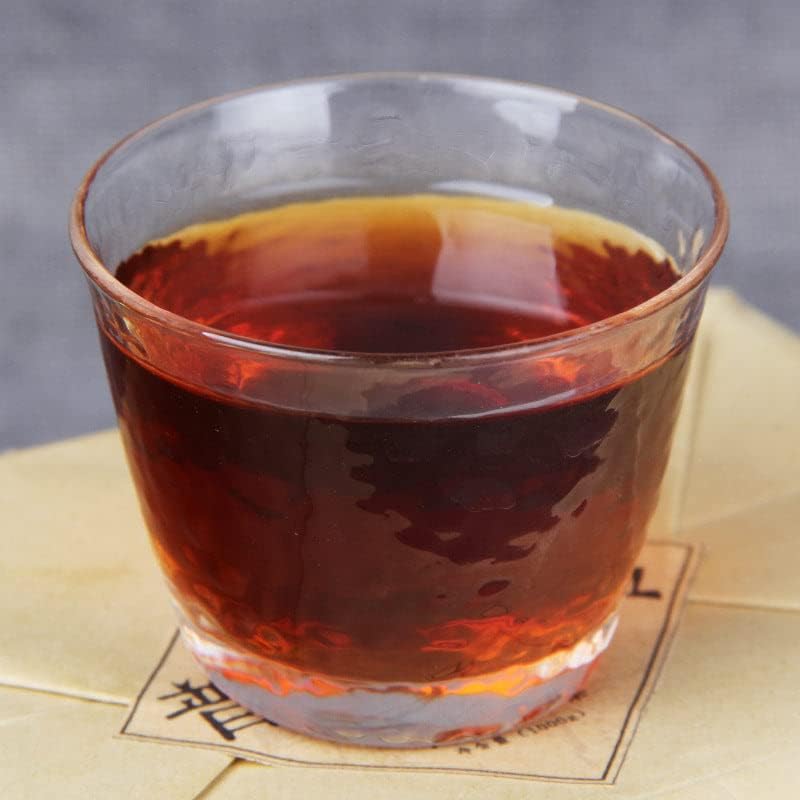1
/
of
9
YeeDays
Premium Puerh Tea Black Tea Dry Warehouse Ripe Tea Menghai Palace Zhen Yunnan Qizi Cake Ripe Tea 357g Natural Cake Tea 普洱茶 干仓熟茶 勐海 宫廷臻 云南七子饼熟茶 357克饼茶
Premium Puerh Tea Black Tea Dry Warehouse Ripe Tea Menghai Palace Zhen Yunnan Qizi Cake Ripe Tea 357g Natural Cake Tea 普洱茶 干仓熟茶 勐海 宫廷臻 云南七子饼熟茶 357克饼茶
Regular price
$24.78 USD
Regular price
$0.00 USD
Sale price
$24.78 USD
Unit price
/
per
Couldn't load pickup availability
Item number:Premium Puerh Tea Black Tea Dry Warehouse Ripe Tea Menghai Palace Zhen Yunnan Qizi Cake Ripe Tea 357g Natural Cake Tea 普洱茶 干仓熟茶 勐海 宫廷臻 云南七子饼熟茶 357克饼茶
Pu'er tea is a loose tea and pressed from Yunnan large-leaf sun-dried green hair tea in a certain area of Yunnan
Province after fermentation.
Harvest of "Pu'er tea": generally divided into spring, summer, autumn and winter seasons.Spring tea is harvested from February to April, and is harvested within 15 days after the Qingming Festival.
The spring tea harvested is of top quality, with one more bud and one more leaf, with fine and white buds and stamens; Summer tea is harvested from May to July and is called rainwater tea. If properly made.
Tea quality is similar to spring tea; Autumn tea is harvested from August to October, and it is called valley scented tea. The quality of tea is inferior to that of spring and summer tea. Winter tea is rarely harvested, only tea farmers.




Chinese tea:
Chinese tea has a history of over 5,000 years, during which a series of unique tea culture have come into being, covering from tea plant cultivation and conservation, tea-leaf picking to processing and sampling tea. Tea-leaves are mainly produced in the southern area to the Yangtze River for mild climate and fertile ground there, such as the provinces of Zhejiang, Yunnan, Guizhou and Fujian. There produce an abundance of renowned tea varieties, e.g. Longjin, Wulong, Pu'er, Tieguangyin.
Pu'er tea is a loose tea and pressed from Yunnan large-leaf sun-dried green hair tea in a certain area of Yunnan
Province after fermentation.
Harvest of "Pu'er tea": generally divided into spring, summer, autumn and winter seasons.Spring tea is harvested from February to April, and is harvested within 15 days after the Qingming Festival.
The spring tea harvested is of top quality, with one more bud and one more leaf, with fine and white buds and stamens; Summer tea is harvested from May to July and is called rainwater tea. If properly made.
Tea quality is similar to spring tea; Autumn tea is harvested from August to October, and it is called valley scented tea. The quality of tea is inferior to that of spring and summer tea. Winter tea is rarely harvested, only tea farmers.




Chinese tea:
Chinese tea has a history of over 5,000 years, during which a series of unique tea culture have come into being, covering from tea plant cultivation and conservation, tea-leaf picking to processing and sampling tea. Tea-leaves are mainly produced in the southern area to the Yangtze River for mild climate and fertile ground there, such as the provinces of Zhejiang, Yunnan, Guizhou and Fujian. There produce an abundance of renowned tea varieties, e.g. Longjin, Wulong, Pu'er, Tieguangyin.
Share

